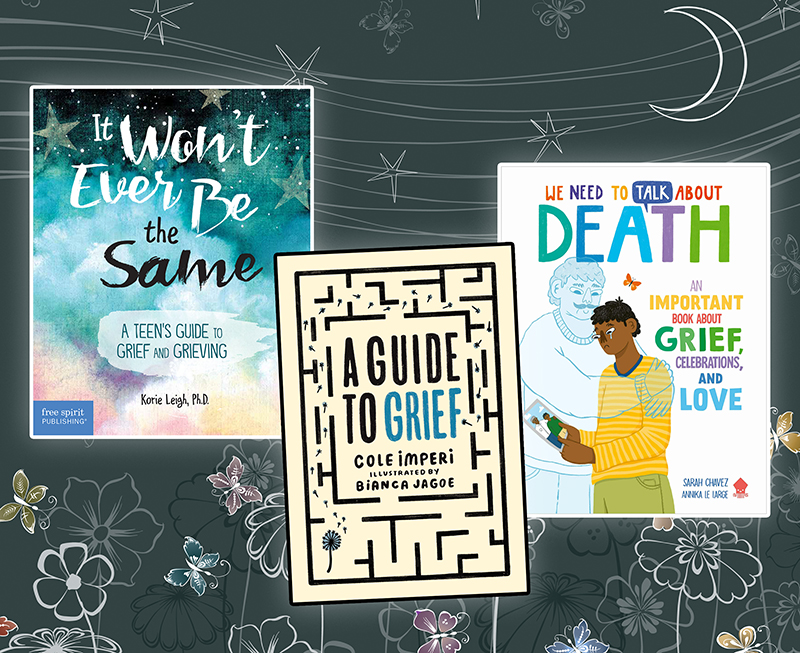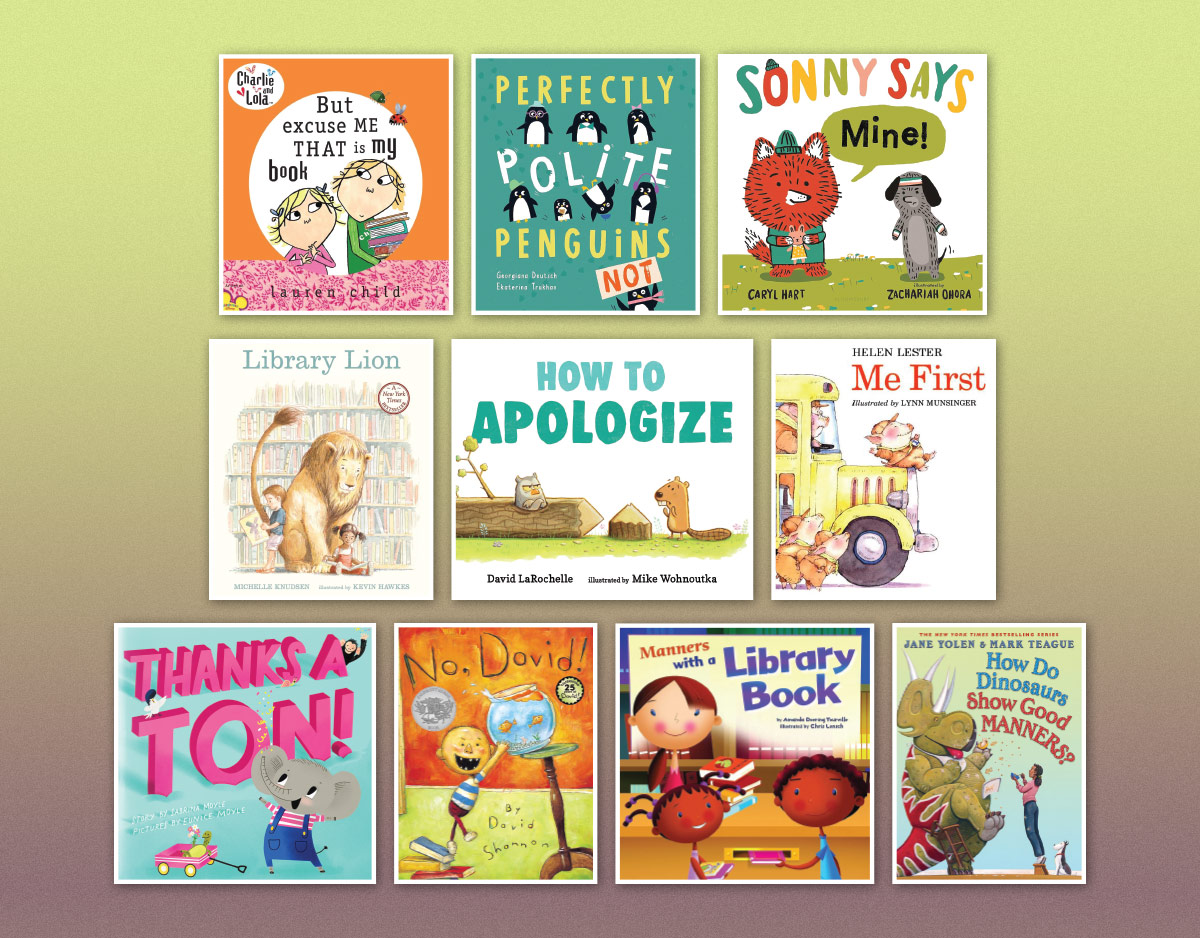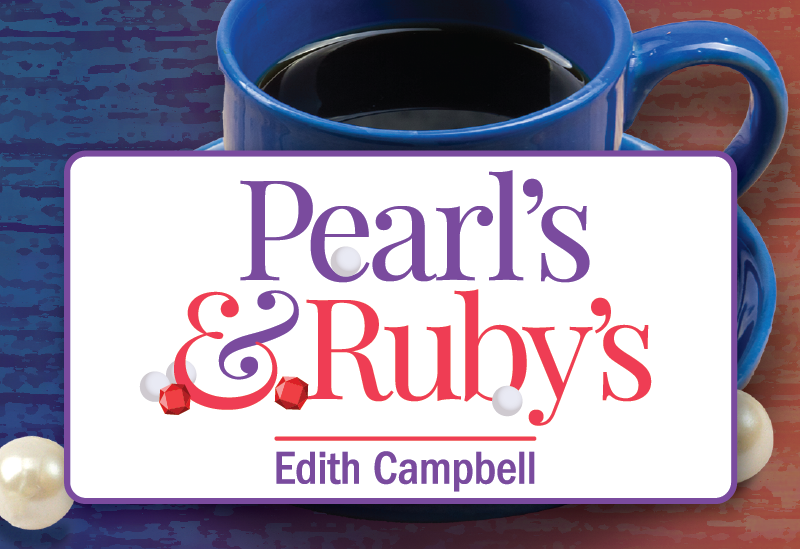Review of the Day: Rules of Summer by Shaun Tan
 Rules of Summer
Rules of Summer
By Shaun Tan
Arthur A. Levine Books (an imprint of Scholastic)
$18.99
ISBN: 978-0-545-63912-5
Ages 4 and up
On shelves April 29th
When I was a young teen my favorite book was Ray Bradbury’s Dandelion Wine. Steeped in Bradbury’s nostalgia for his youth, I was in the throes of adolescence, probably on some level nostalgic for my own younger days. In this book I reveled in a childhood that was not my own but felt personal just the same. Summer seemed like the perfect time to set such a tale, what with its long days and capacity for equal parts mischief and magic. I loved my summers, even as I failed to know what exactly to do with them. I think of Bradbury’s novel from time to time, though its use for me has long since passed. I found myself going back to it after seeing Shaun Tan’s Rules of Summer. Encompassing a full summer season, Tan indulges his capacity for the odd and extreme while also managing to delve deeply into a relationship between two brothers. The family story is this book’s heart and soul meaning that when all is said and done this is a book for big siblings and little siblings. Miraculously both will see themselves reflected in the pages of the text. And both, if they approach it from the right direction, will find something to pore over in here for years and years to come.
“This is what I learned last summer,” says the book. It’s the kind of statement you might expect to find in an essay on How I Spent My Summer Vacation. Instead, what follows is a series of imaginative, wholly original extremes. Two brothers live in a world of fantastical creatures and gizmos. The younger continually breaks the rules as the elder either berates him or tries to save him from himself. A dinner party of well-dressed birds of prey contains the sentence, “Never eat the last olive at a party” as the older brother pulls his younger away from the potentially deadly entrée. “Never leave the back door open overnight” sees them both facing a living room awash in vegetation and giant lizards, the older boy clearly put out and the younger carrying a bucket and shovel. As the book continues you realize that the younger boy is often at odds with the rules his elder is trying to instill in him. The final straw comes after a massive pummeling, after which the elder brother sells his little bro off to a flock of black birds (“Never lose a fight”). Fortunately, a rescue is made and the book subtly shifts from admonitions to positive statements (“Always know the way home”). The final shot shows the two boys sitting on the couch watching TV, the walls of their living room wallpapered with drawings of the out-of-this-world creatures encountered in the rest of the book.
ADVERTISEMENT
ADVERTISEMENT
 As a general rule I try to avoid reading other reviews of the children’s book in my hand until I’ve read the stories myself and gotten a sense of my own perspective. In the same frame of mind I avoid reading the bookflaps of books since they’ve a nasty tendency to give away the plot. Usually I’ll even avoid looking at them after I’ve read the book in question, but there are exceptions to every rule. After reading Rules of Summer I idly turned the book over and read this one on the back cover: “Never break the rules. Especially if you don’t understand them.” Huh. Oddly insightful comment. Aw, heck. I couldn’t resist. I looked at the bookflap and there, lo and behold, the book started to make more sense. According to the flap the rules are those seemingly arbitrary ones that younger siblings have to face when older siblings come up with them. Slowly a book that before had seemed to have only the slightest semblance of a plot began to make a lot more sense. Had I not read the flap, maybe I would have come up with an entirely different interpretation of the pages. Not sure. Whatever the case, I like where the flap took me, even as I suspect that some kids will have entirely different takes.
As a general rule I try to avoid reading other reviews of the children’s book in my hand until I’ve read the stories myself and gotten a sense of my own perspective. In the same frame of mind I avoid reading the bookflaps of books since they’ve a nasty tendency to give away the plot. Usually I’ll even avoid looking at them after I’ve read the book in question, but there are exceptions to every rule. After reading Rules of Summer I idly turned the book over and read this one on the back cover: “Never break the rules. Especially if you don’t understand them.” Huh. Oddly insightful comment. Aw, heck. I couldn’t resist. I looked at the bookflap and there, lo and behold, the book started to make more sense. According to the flap the rules are those seemingly arbitrary ones that younger siblings have to face when older siblings come up with them. Slowly a book that before had seemed to have only the slightest semblance of a plot began to make a lot more sense. Had I not read the flap, maybe I would have come up with an entirely different interpretation of the pages. Not sure. Whatever the case, I like where the flap took me, even as I suspect that some kids will have entirely different takes.
Tan’s strength here lies partly in the fact that these brothers command your equal respect. When I read the book through the first time I thought that the younger brother was the hero. A couple more reads and suddenly the older one started to get more and more sympathetic. Consider, for example, that very first shot of the two after the endpapers. The text reads, “Never leave a red sock on the clothesline.” There, hunched against a fence, the two brothers huddle while a scarlet-hued red-eyed rabbit eyes the sock in question. The older brother has one arm protectively around the younger’s back and his other hand gently cupping his mouth. In later images the younger will mess something up and the older won’t bother to hide his frustrations. The lack of parents in this book is the only way to make it work. When kids deal with one another in the absence of adults, they make their own rules. Even when the elder sells his brother to a flock of birds for a dented crown (his least likable moment) you’re almost immediately back on his side when he rescues his little brother with a pair of bolt cutters a couple pages later. And honestly, what older brother and sister hasn’t fantasized at some point about selling off their annoying little brothers and sisters (see: The great Shel Silverstein poem “Brother for Sale”)? Tan is capable of seeing both sides of the sibling equation. Few picture books even dare.
Tan’s always had a bit of a fascination with the surreal world of middle class life. Suburbia is his Twilight Zone, and he hardly has to add any mechanical monsters or sentient birds to make it unusual. In Tales from Outer Suburbia it was language that primarily painted suburban Australia’s canvass. Here, words are secondary to the art. As I paged through I began to take note of some of the mechanics present on a lot of the pages. Water towers, oilrigs, and even the occasional nuclear power plant. Most beautiful and frightening were the extremely large structures holding the power lines. In one picture the younger brother plays a paddle-based game against a robot opponent while his older brother arbitrates. The sky is an overcast slate gray with these unnerving grids of line and metal towering over them in the background. Extra points if you can find the single black bird that makes an appearance on almost every spread until that climatic moment when it no longer appears.
 Even the endpapers of this book have the power to make you sit and stare for long periods of time. They inspire a feeling that is just impossible to put into words. The endpapers are also the place where Tan makes it clear that he’s going to be playing with light quite a lot in this book. For a fun time, try to figure out where the light source is coming from in each and every one of the book’s pictures. Sometimes it’s evident. Other times, the answer could well be its own little story.
Even the endpapers of this book have the power to make you sit and stare for long periods of time. They inspire a feeling that is just impossible to put into words. The endpapers are also the place where Tan makes it clear that he’s going to be playing with light quite a lot in this book. For a fun time, try to figure out where the light source is coming from in each and every one of the book’s pictures. Sometimes it’s evident. Other times, the answer could well be its own little story.
The thickness to Tan’s paints also marks this as significantly different from some of his other books. Nowhere is this more evident than the cover. Look at the Picasso-like grassy field where the older brother scowls at his younger sibling. The midday sun, the paints so thick you feel like the cover would feel textured if you stroked it, and even the pure blue of the noonday sky has a different Tan tone than you’re used to.
I don’t know if Tan has sons of his own. I don’t particularly care. For all I know the inspiration behind this book came from a relationship with his own brother at an early age. Wherever it might have appeared, one cannot help but feel that Tan knows from whence he illustrates. Thanks to films like Frozen we’re seeing an uptick in interest in stories about siblings of the same gender. Brothers have a tendency to tricky to render on the page (see: the aforementioned Dandelion Wine) but it can be done. Tan has perfectly rendered one such relationship with all its frustrations, betrayals, fights, complaints and deep, enduring love. This book sympathizes with those kids, regardless of their birth order. The rules of childhood are built on shifting sands, causing children everywhere to look longingly at the seeming sanity of adulthood. It’s only when they cross over that these kids will find themselves nostalgic for a time of outsized rules and their overblown importance. Without a doubt, the best book about what summer means to child siblings I’ve ever read.
On shelves April 29th.
Source: Galley acquired at ALA Conference for review.
Like This? Then Try:
- Dandelion Wine by Ray Bradbury
- The Adventures of Beekle: The Unimaginary Friend by Dan Santat
- Journey by Aaron Becker
- The Mysteries of Harris Burdick by Chris Van Allsburg
Other Blog Reviews:
Professional Reviews:
- The Australian
- A star from Kirkus
- A star from Publishers Weekly
Other Reviews: Australian Comics Journal
Interviews: Gillo talks to Shaun Tan about the book here.
Misc:
- The book is available as an app, with music by the hugely talented Sxip Shirey.
- Download the Teacher’s Guide for the book here.
- If you don’t mind knowing as much as Tan himself knows about this book, you can read his commentary about each image here. And yes, he was quite close to his own older brother growing up. So that solves that mystery.
Video:
Seven videos about this book exist on Tan’s website. Check ’em out if you’ve half a mind to.
And here’s a sneaky peek at the aforementioned app:
And here’s an interview with him about the book on ABC RN:
Filed under: Best Books, Best Books of 2014, Reviews, Reviews 2014
About Betsy Bird
Betsy Bird is currently the Collection Development Manager of the Evanston Public Library system and a former Materials Specialist for New York Public Library. She has served on Newbery, written for Horn Book, and has done other lovely little things that she'd love to tell you about but that she's sure you'd find more interesting to hear of in person. Her opinions are her own and do not reflect those of EPL, SLJ, or any of the other acronyms you might be able to name. Follow her on Twitter: @fuseeight.
ADVERTISEMENT
ADVERTISEMENT
SLJ Blog Network
One Star Review, Guess Who? (#211)
Kevin McCloskey on ‘Lefty’ | Review and Drawn Response
Notable NON-Newbery Winners: Waiting for Gold?
The Seven Bills That Will Safeguard the Future of School Librarianship
Take Five: Newbery Picks, Part Two
Gayle Forman Visits The Yarn!
ADVERTISEMENT







